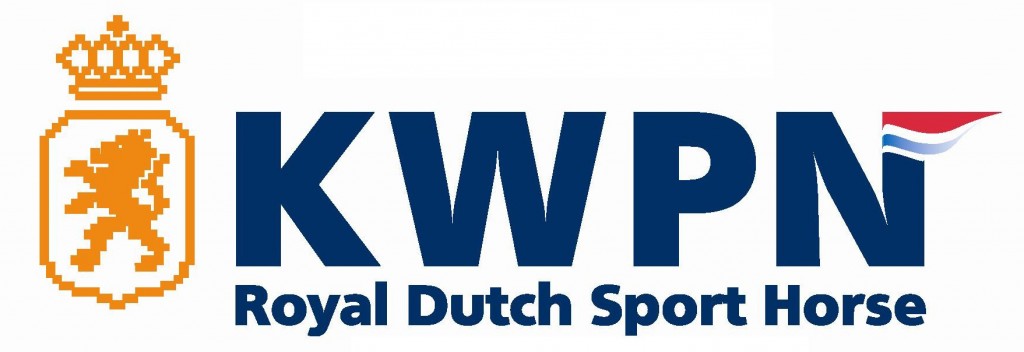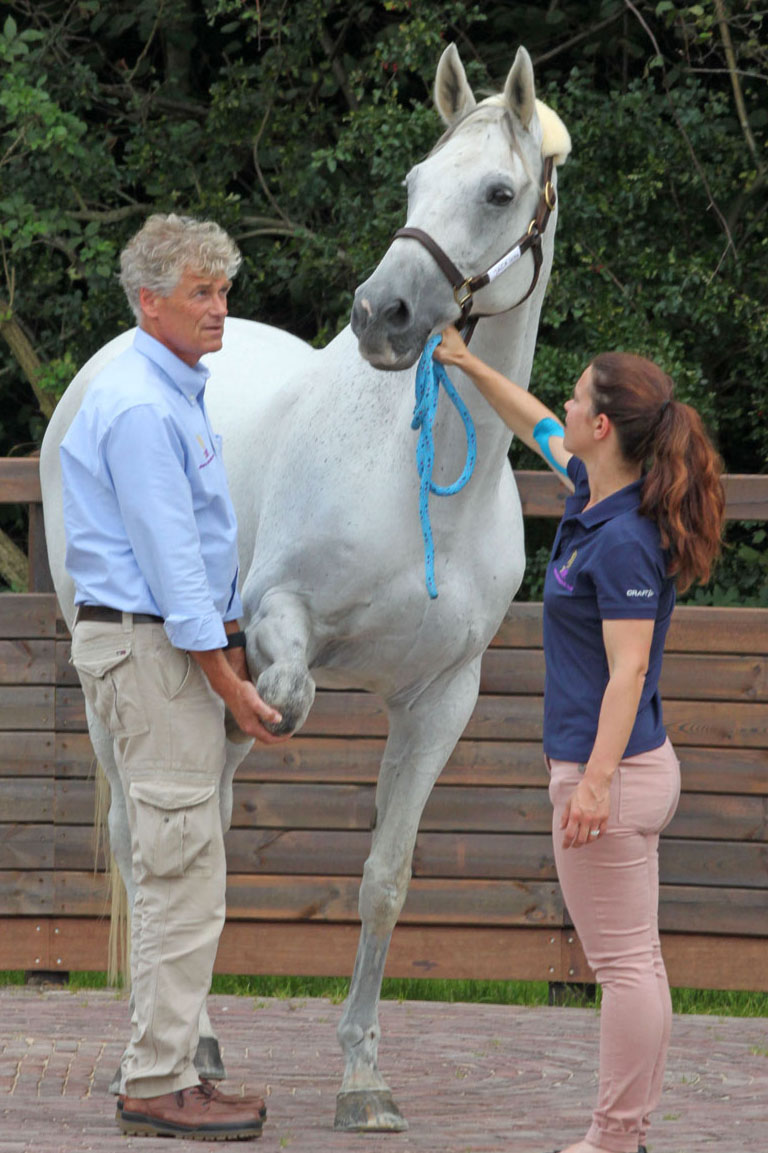PROK means Project Röntgenologisch Onderzoek KWPN (Royal Dutch Sport horse).
Of course, a breeder wants to breed a healthy horse. This is also part of the breeding purpose of the KWPN. The predicate PROK is awarded to KWPN-horses that comply with the radiographic requirements of the studbook. For the breeder this means that his horse has good bone quality and is therefore able to pass this quality onto its offspring.
During the radiographic exam radiographs are taken of the front- and hind legs. In the front legs, the navicular bone, the sesamoid bones, the fetlock joints and the coffin joints are evaluated. In the hind legs, the hock, the stifle and the fetlock joints are evaluated. The results of the examination are split up in classes. On the basis of these classes it is decided if the horse complies with the demands of the PROK-certificate.
SMDC has qualified veterinarians that can take and examine these radiographs. After aquisition the radiographs get immediately sent to the KWPN organization and get assessed by an independent evaluation commitee of the KWPN.
Via the website, MIJN KWPN, the PROK gets reported and the results are listed within a couple of weeks.

Please note: the PROK certificate does not report on additional findings such as fragments and is therefore not suitable as a final report for the radiographic examination of a sport horse.





